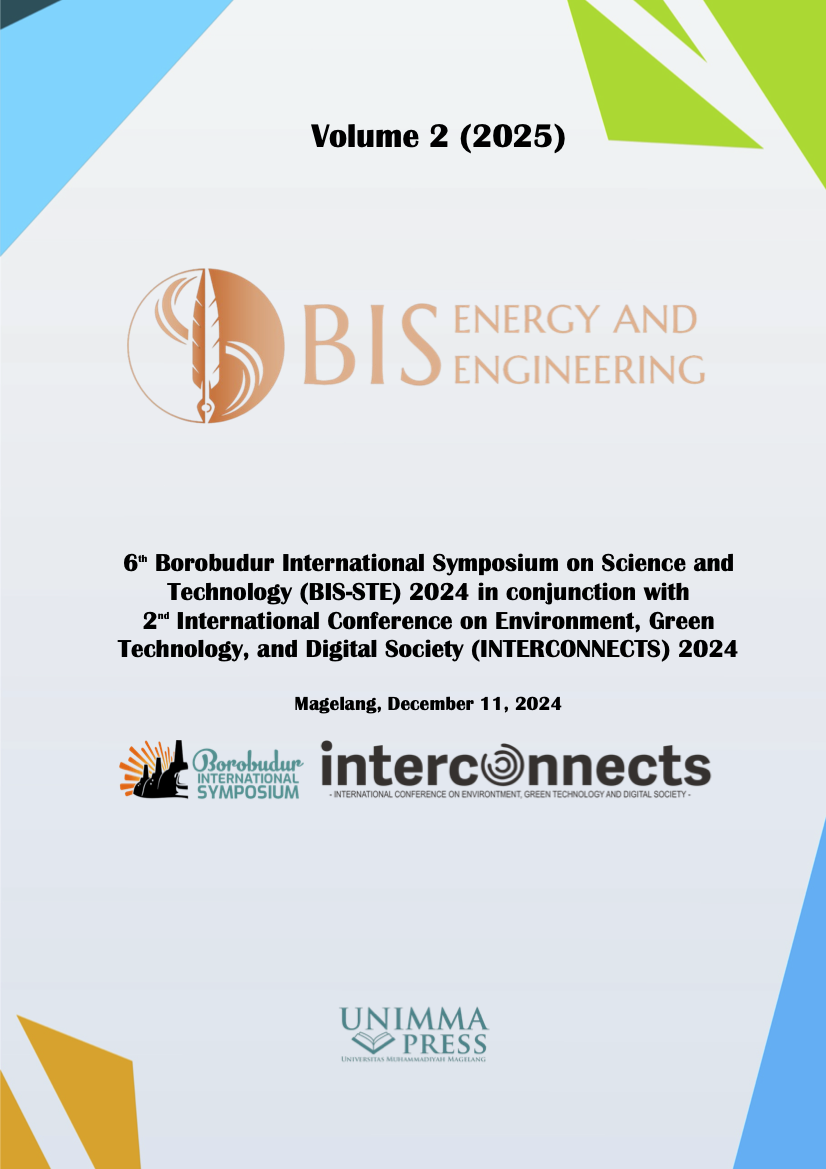Enhancing capacity in 5G network by cell tiering
Keywords:
Single-tier, Multi-tier, Capacity, 5G network, OptimizationAbstract
The growing reliance on data-centric devices like smartphones, tablets, and notepads has led to a sharp increase in the demand for high-speed mobile data. To address this demand, mobile network providers must develop network infrastructures with higher capacity. This research explores the performance of single-tier and multi-tier cellular networks in 5G by upgrading single-tier cells into multiple tiers. Through computer simulations, the capacity of each setup is evaluated for users randomly distributed within the cell and connected to a central 5G base station. The capacity assessment for 2-tier and 3-tier cells is carried out at a 3.5 GHz frequency with a cluster size of N = 3. The outer tier transmits at 20W, which exceeds the 10W used by the inner tier. Both theoretical evaluations and simulations demonstrate that multi-tier designs typically surpass single-tier configurations in capacity. Among the tested models, the 3-tier cell delivers the highest performance, reaching 3 Gbps, compared to 2 Gbps for the 2-tier setup and 1.6 Gbps for the single-tier arrangement. These results aim to support the development and implementation of multi-tier architectures in 5G networks.
Downloads
Published
Conference Proceedings Volume
Section
License

This work is licensed under a Creative Commons Attribution-NonCommercial 4.0 International License.

